In the diverse world of canines, certain dog breeds exhibit a remarkable preference for the chilly embrace of winter over the warm caress of summer. This preference is deeply ingrained in their genetics, often tied to their historical development and physical characteristics. These breeds, equipped with thick coats, robust bodies, and a natural inclination for colder climates, thrive in snow and frost, displaying an exuberant vitality that is less evident in warmer conditions. From the majestic giants bred for Arctic work to the agile mountain dogs, each breed on this list demonstrates a unique adaptation to cold weather. In this article, we will explore 10 dog breeds that show a distinct preference for winter, delving into the reasons behind their love for the colder months and how they have been shaped by their frosty environments.
1. Siberian Husky
Siberian Huskies are perhaps the quintessential winter dogs, bred in the harsh climates of Northeast Asia to pull sleds over long distances. Their thick double coat, consisting of a dense undercoat and a longer topcoat, provides excellent insulation against cold temperatures. Huskies have unique physical traits like smaller ears and a bushy tail, which they can use to cover their face while sleeping to conserve heat. Their love for cold weather is evident in their energy levels – Siberian Huskies are noticeably more active and lively in colder conditions, often becoming lethargic in warmer climates. Their endurance and ability to withstand frigid temperatures make them ideal companions for winter activities such as sledding and skijoring.
2. Alaskan Malamute
Alaskan Malamutes are another breed that thrives in winter conditions. Originally bred for hauling heavy freight in Arctic environments, they possess a dense, waterproof coat that protects them from icy winds and frigid temperatures. Malamutes have a sturdy build, with a broad chest and strong legs, enabling them to navigate through deep snow with ease. Their love for cold weather is not just a physical adaptation; Malamutes are known to become more playful and active in snowy conditions, often preferring to sleep outdoors in the cold rather than indoors. Their strength and endurance make them excellent companions for winter hiking and other outdoor activities in cold climates.
3. Saint Bernard
Saint Bernards, famous for their role as rescue dogs in the Swiss Alps, are well-adapted to cold weather. Their dense, water-resistant coat provides insulation, while their large, muscular build helps them move through snow. Saint Bernards have a calm and gentle temperament, but they come alive in the winter, showing more energy and playfulness in the snow. Their keen sense of smell and ability to navigate through harsh winter conditions made them invaluable for finding and saving lost travelers. Today, they enjoy activities like snowshoeing with their families, showcasing their love for the cold.
4. Newfoundland
Newfoundlands are massive dogs with a water-resistant double coat and webbed feet, making them excellent swimmers in icy waters. Bred as working dogs for fishermen in the cold North Atlantic, they have a natural affinity for cold, wet conditions. Newfoundlands are gentle giants, known for their sweet temperament, but they exhibit a liveliness and joy in snowy environments that is less evident in warmer settings. They are great at pulling sleds and love to play in the snow, making them perfect companions for families living in colder regions.
5. Norwegian Elkhound
The Norwegian Elkhound, with its origins as a hunting and guard dog in the cold Scandinavian forests, is well-suited for winter. Their thick, protective coat shields them from the cold, and their compact, sturdy bodies are ideal for endurance in snowy landscapes. Norwegian Elkhounds are known for their courage and strength, traits that are amplified in cold weather. They are active and energetic in the snow, enjoying activities like tracking and winter hiking. Their love for colder climates is a testament to their Viking heritage, thriving in environments that many other breeds would find challenging.
6. Bernese Mountain Dog
Bernese Mountain Dogs, originating from the Swiss Alps, are built for cold weather. Their long, silky coat provides insulation, and their large, muscular build allows them to navigate through snow easily. Bernese Mountain Dogs are known for their affectionate nature and loyalty, and they show a particular zest for life in winter conditions. They are excellent at pulling carts and sleds and enjoy romping in the snow, making them great companions for outdoor winter activities. Their ability to thrive in cold weather is ingrained in their lineage, making them perfect pets for snowy regions.
7. Tibetan Mastiff
The Tibetan Mastiff is a formidable breed, originally used to guard livestock in the Himalayan region. Their thick, heavy coat is perfectly suited for the extreme cold of the high-altitude Tibetan plateau. Tibetan Mastiffs are known for their independence and protective nature, traits that are crucial for survival in harsh winter conditions. They are more active and alert in colder weather, often preferring to be outdoors even when temperatures drop significantly. Their majestic presence and ability to withstand freezing temperatures make them fascinating companions for those living in colder climates.
8. Keeshond
The Keeshond, originally a barge dog in the cold canals of Holland, has a thick, plush coat that provides excellent insulation against the cold. Their compact size and agile build allow them to move easily through snowy landscapes. Keeshonds are known for their friendly and outgoing nature, and they exhibit a playful enthusiasm in winter conditions. Their thick fur not only keeps them warm but also makes them particularly cuddly companions during the chilly months. They enjoy activities like winter walks and playing in the snow, showcasing their affinity for cold weather.
9. Great Pyrenees
The Great Pyrenees, bred to guard livestock in the Pyrenees Mountains, are well-adapted to cold and snowy conditions. Their thick, weather-resistant coat protects them from icy winds and snow, while their large size helps them traverse through deep snowdrifts. Great Pyrenees are calm and gentle but become more lively and playful in the snow. They are excellent at guarding and herding in winter conditions, demonstrating their historical role as protectors in the mountains. Their love for cold weather is evident in their eagerness to spend time outdoors, even in the coldest months.
10. Samoyed
Samoyeds, with their stunning white coat and smiling expression, were bred to herd reindeer and pull sleds in the harsh Siberian climate. Their dense, double-layer coat provides excellent insulation against extreme cold. Samoyeds are known for their friendly and gentle nature, but they are especially energetic and playful in snowy conditions. They love to romp in the snow and are capable of enduring very low temperatures. Their affinity for cold weather is matched by their love for human companionship, making them delightful pets for winter-loving families.
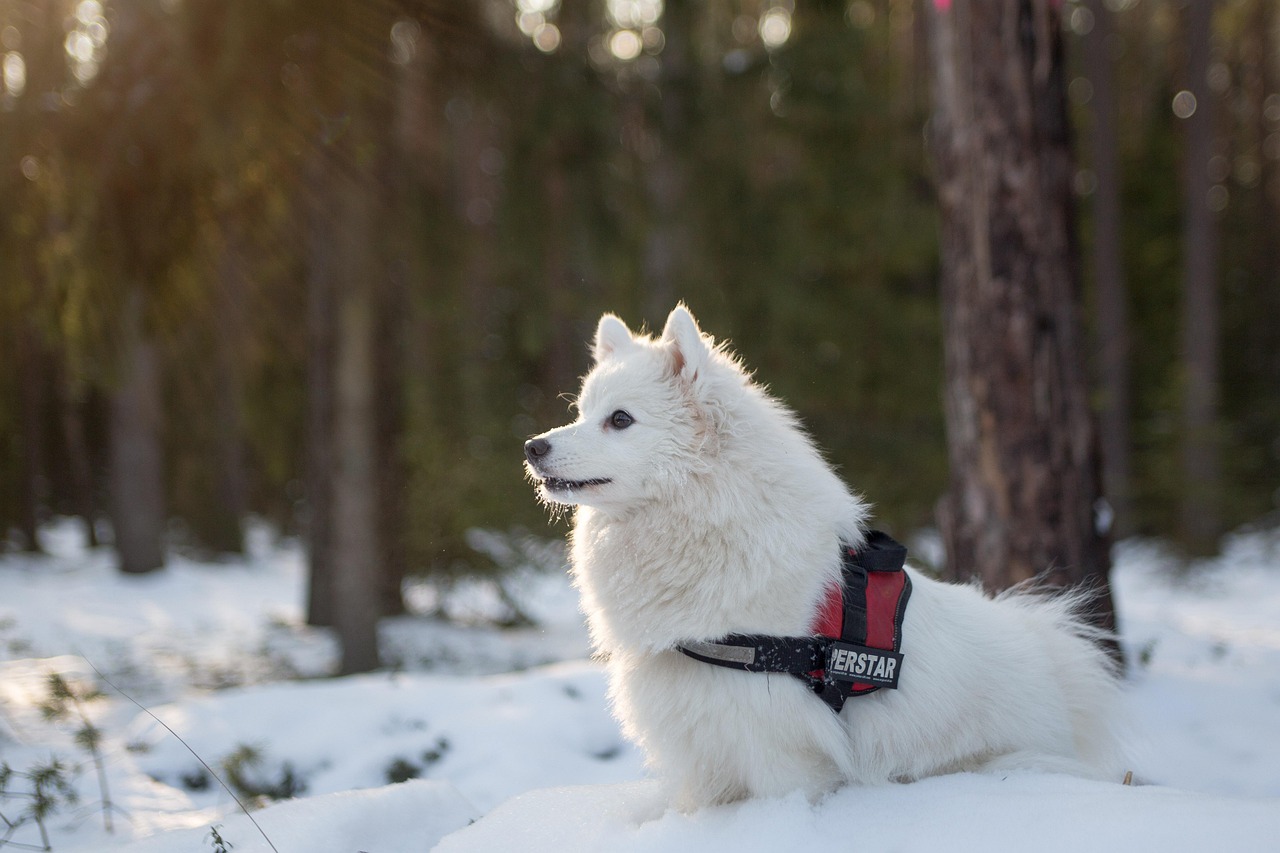
These 10 breeds embody the spirit of winter, each with unique adaptations and characteristics that make them thrive in cold environments. Their love for the chilly months goes beyond mere tolerance; it’s a deep-seated preference rooted in their history and physical makeup. For those who live in colder climates or simply love winter activities, these breeds are not only suitable companions but also joyful participants in the frosty season. Their ability to embrace the cold with enthusiasm and vigor is a reminder of the incredible diversity and adaptability of the canine world.

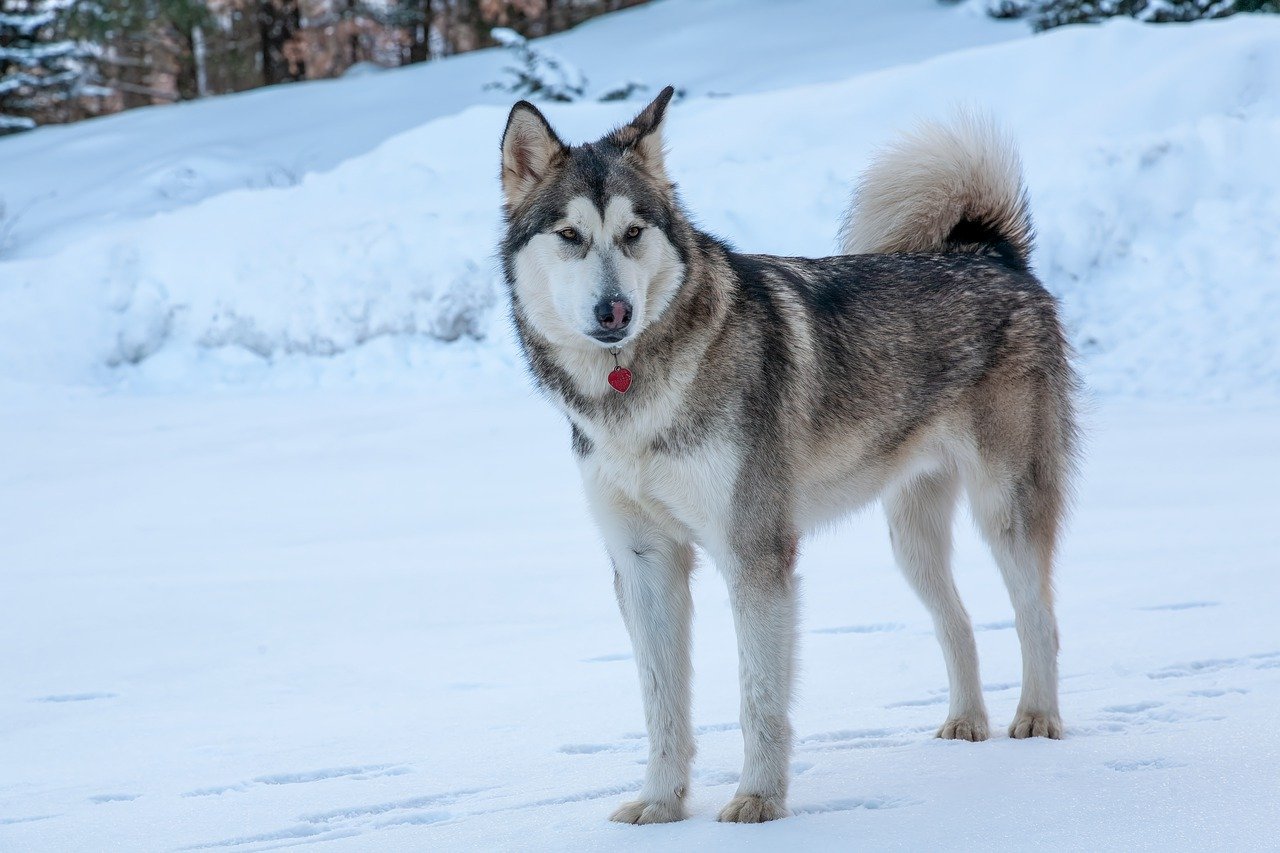
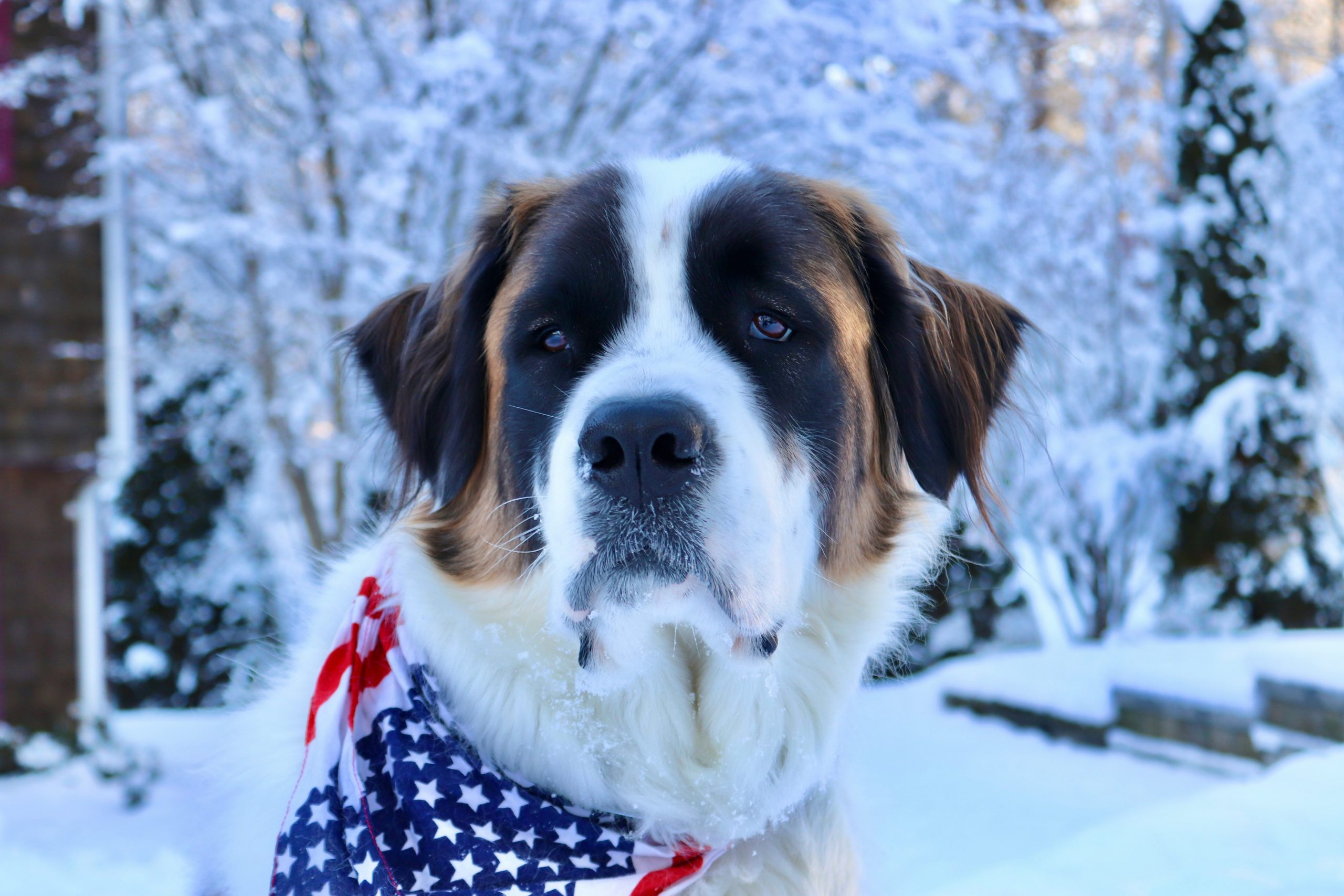
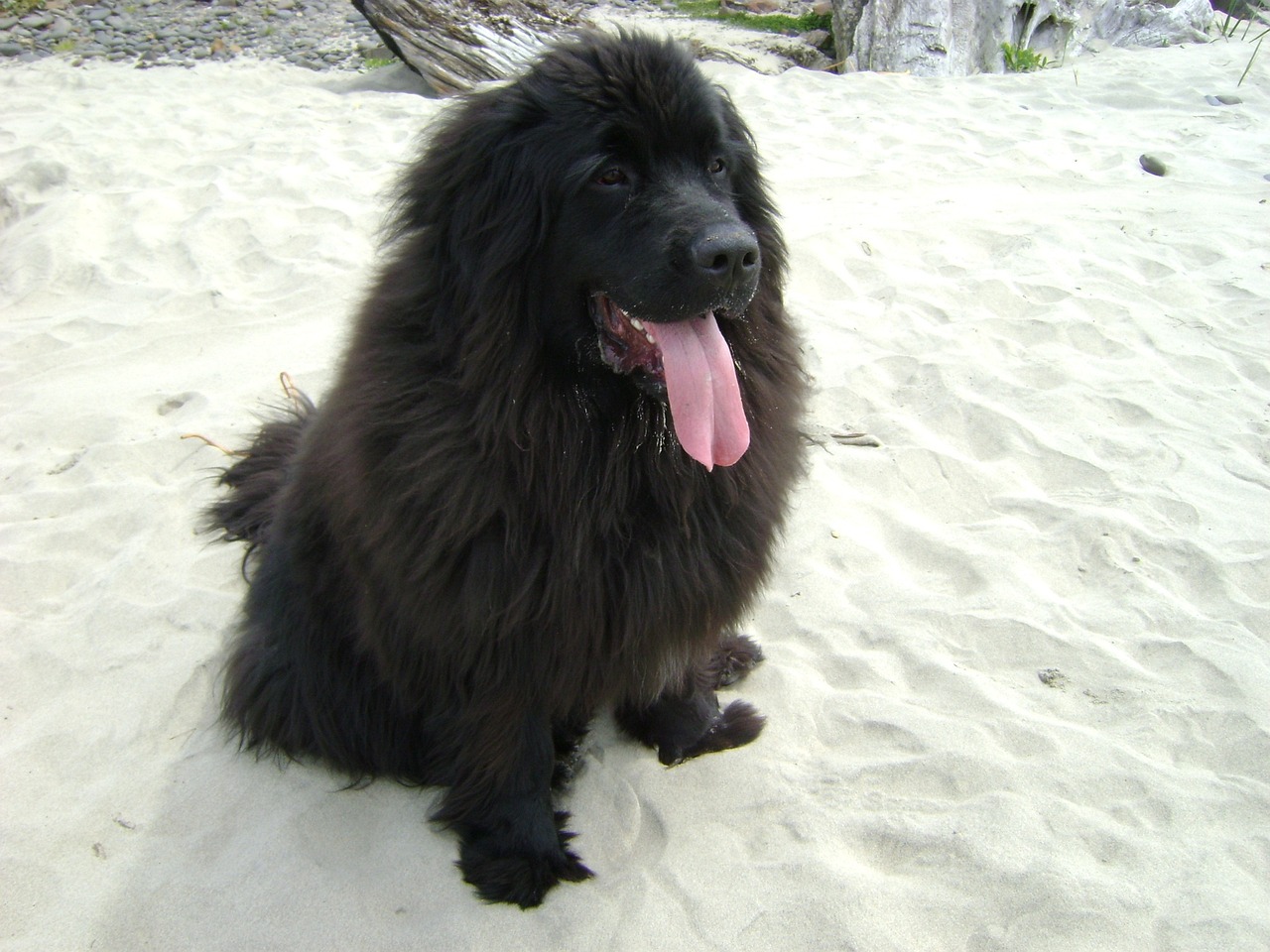
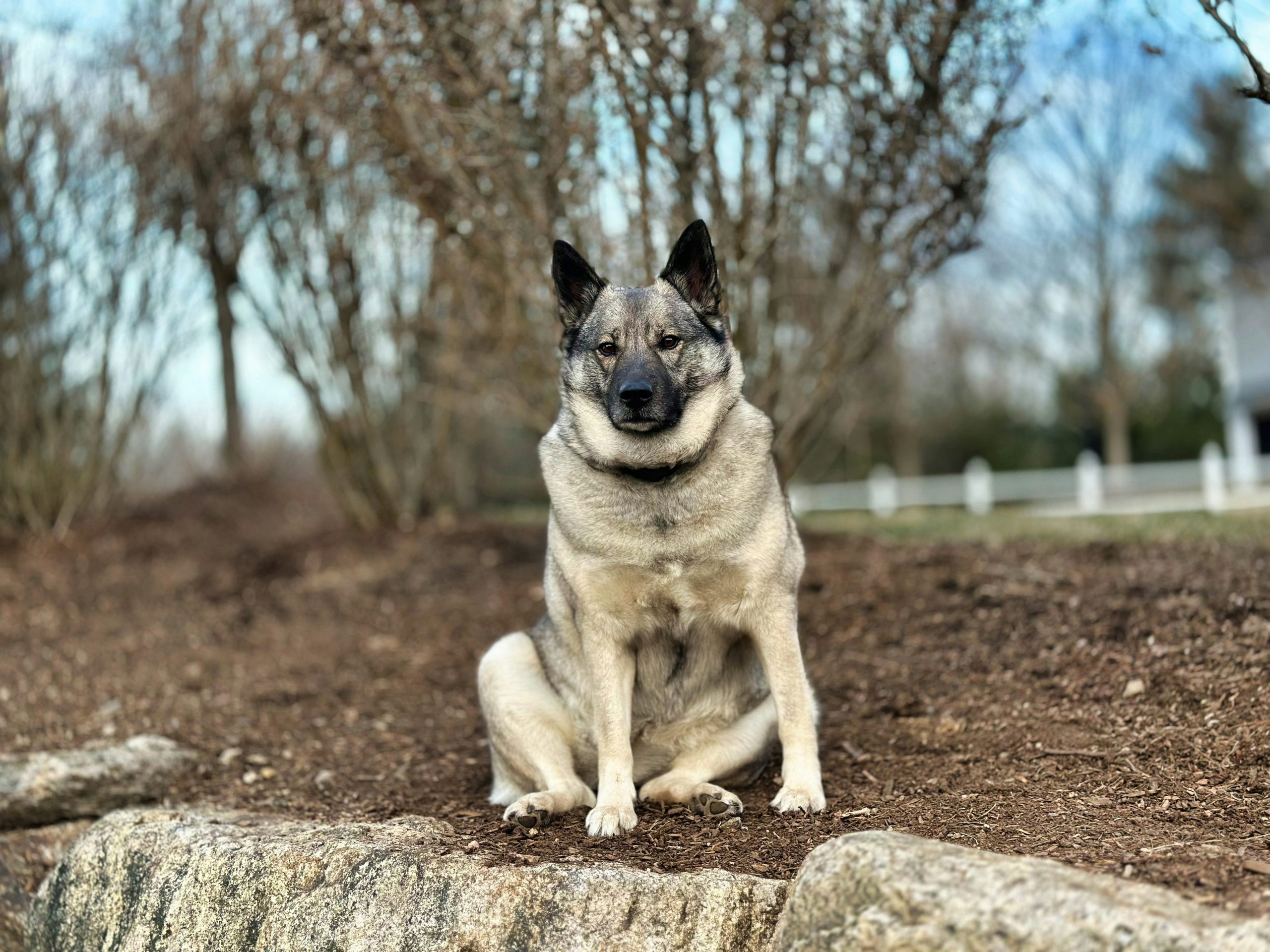




 Toledo, United States.
Toledo, United States.